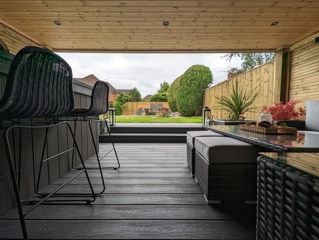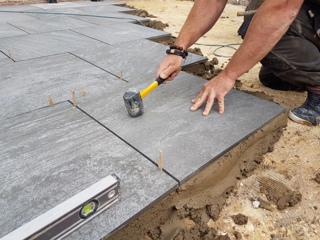Transform your garden with timber sleepers: Top tips & questions
Traditionally, railway sleepers are used on railway lines as the base to lay train tracks on. But in modern landscaping, sleepers are a popular way of creating focal areas in gardens and outdoor spaces.
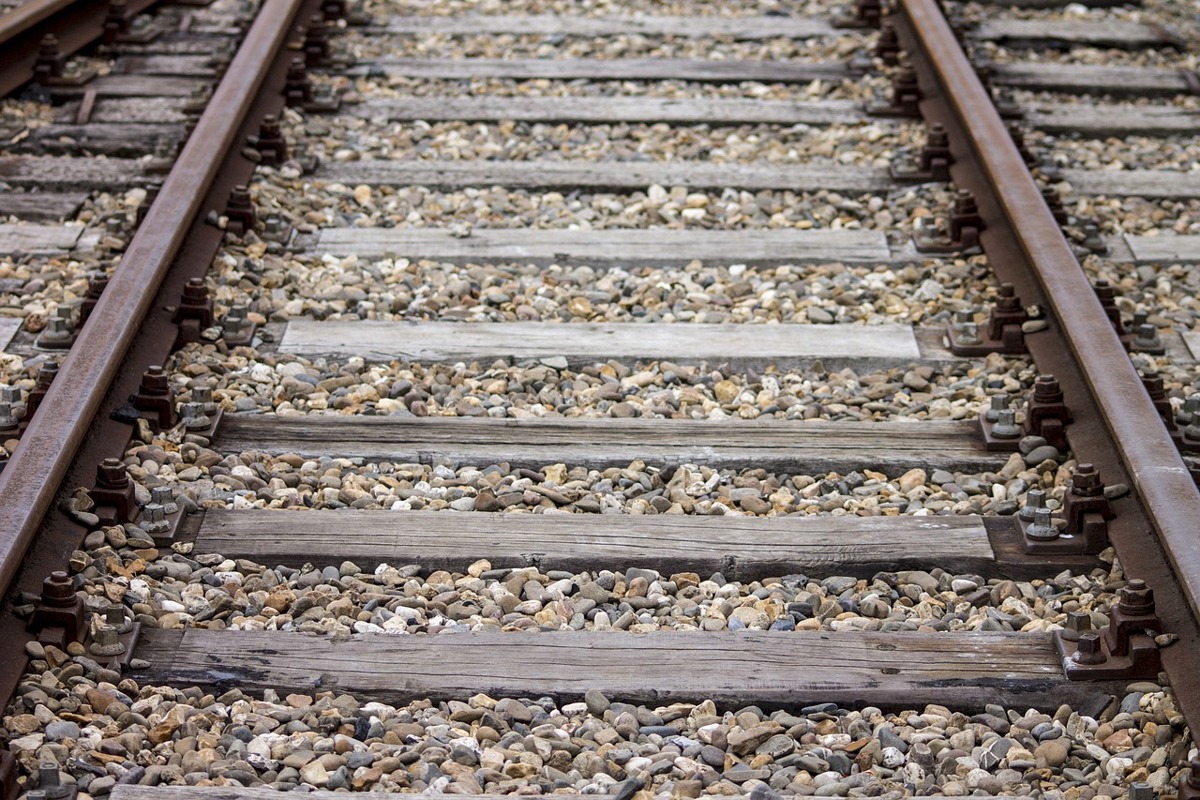
Garden sleepers vs railway sleepers
Garden sleepers and railway sleepers are sometimes referred to as the same thing but in reality are very different. Garden sleepers are usually made of softwood with the intention of being used for above ground landscaping purposes. They will be pressure treated to prevent from rot and fungal attacks, with the most common size of sleeper measuring 200mm x 100mm x 2.4m (like our green treated sleepers). They can sometimes be called railway sleepers or garden railway sleepers.
You can also get reclaimed sleepers – these have been salvaged from old railways and are legitimate railway sleepers. They are usually made from oak or tropical hardwood, and have some age and wear to them, making them visually appealing. However, these types of sleepers will often have been treated with industrial grade preservatives like creosote and tar.
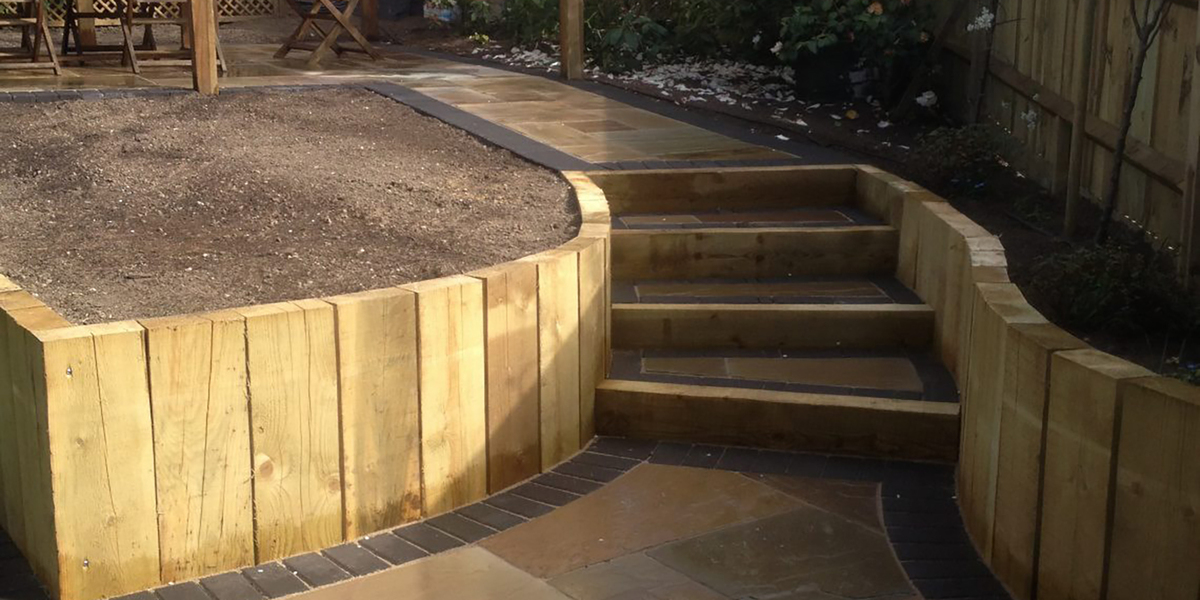
What can you use garden sleepers for?
Garden railway sleepers are great for adding visual appeal to your outdoor area. Here are a few ideas for using sleepers in your garden:
- Timber sleeper stairs and raised bed feature
- Raised flower bed
- Vegetable patch
- Border edging
- Pathways or stepping areas
- Decorative areas
- Pond borders
- Retaining walls
- Bespoke garden furniture, such as benches
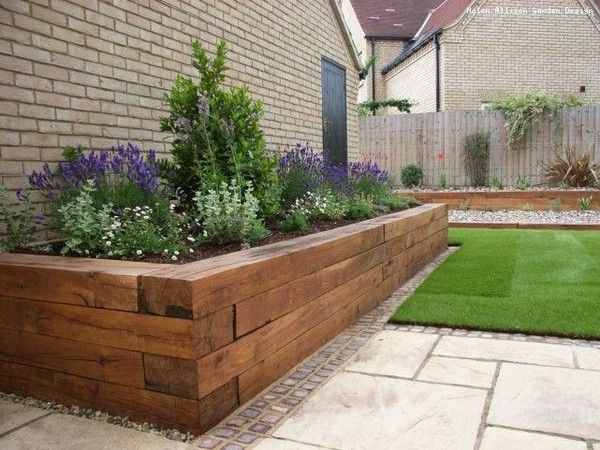
How long do garden sleepers last?
Like all wood that is exposed to the outdoors, timber sleepers will eventually rot.
“It’s tough to say how long sleepers will last as it depends on the contact with the ground and where its situated but you should get a few years out of them”, says our Timber Products Manager, Pat Collins.
“Proper railway sleepers (reclaimed sleepers) are soaked in creosote for a long time, so in durability terms they have a long life. What happens over time though is that they start to split wide open which allows moisture to get in so they kind of rot from the inside out.”
You can extend the life expectancy of your softwood sleepers by treating the timber at least once a year. With regular treatment, softwood garden sleepers could last substantially longer.
Can garden railway sleepers be laid directly onto soil?
Yes sleepers can be laid directly onto soil, but there are potential issues. In direct ground/soil contact the process of decay is sped up substantially. In addition, the ground will move and contract with the seasons, so the sleeper will move with it.
“Best practice when using sleepers in contact with ground, would be to add plenty of drainage (pea shingle) around the area in contact with soil, to avoid sleepers being submerged in water during the autumn/winter months. For additional protection, sleepers in contact with ground should be UC4 treated, or be made from a durable hardwood.” – Graeme Muckley, Assistant Timber Category Manager.
Are railway sleepers safe for vegetable gardens?
Normal treated softwood garden sleepers are safe to use in vegetable gardens and flower beds. However, reclaimed railway sleepers that have been soaked in creosote are not safe or recommended for use in vegetable gardens. The creosote can leach out into the surrounding environment and should not be used where frequent contact happens, including planters and in playgrounds.
Top tips for laying railway sleepers for borders, edging and beds
1. Dig a small trench rather than laying directly onto soil
If you want sturdy borders and beds, your best option is to dig a shallow trench and add concrete mix before laying your sleepers. Laying sleepers directly onto soil would leave your sleepers unprotected from ground movement and would make them decay much quicker.
2. Add weed membrane underneath flower and vegetable patches
If you’re using garden railway sleepers to create raised beds, make sure the ground is clear of any unwanted weeds or materials. Adding a thin weed membrane layer before filling your beds will help protect all the lovely things you’re growing from unwanted weeds.
3. Make sure you’ve got the right fixings
Two items that will be your best friends when creating borders and beds made from garden sleepers:
4. Use a spirit level and invest in a good saw
Wonky borders and beds aren’t a trend for 2023, so unless that’s the look you’re going for, using a spirit level is a must. If you need to cut your sleepers, a good quality saw will save you a lot of time (and prevent achy arms).
“Oak will be tough going with a handsaw, so needs to be cut mechanically with something like a circular saw. Reclaimed sleepers will also need a power tool to be cut, but softwood UC3/4 sleepers can be cut by hand. Remember that all cut ends must be treated to ensure longevity.”, says Pat.
Note: Reclaimed sleepers can have metals imbedded from their original instillation.
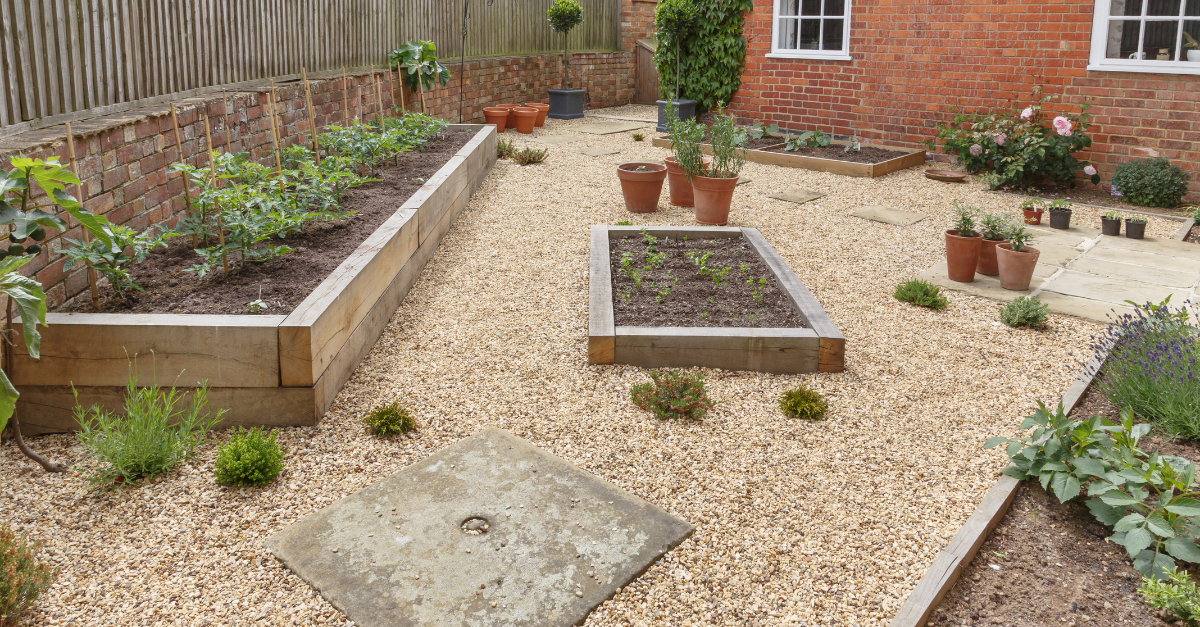
Feeling inspired?
Treated garden sleepers are available to click & collect from one of our 11 merchant branches, or for local delivery.
Reclaimed railway sleepers are available from our Bishop's Waltham, Fordingbridge and Ringwood branches.
Don’t forget your accessories - timber screws, mortar mix and weed membrane.
Featured products
Timco 200IN Index Timber Screws, 6.7 x 200mm - Box of 50



